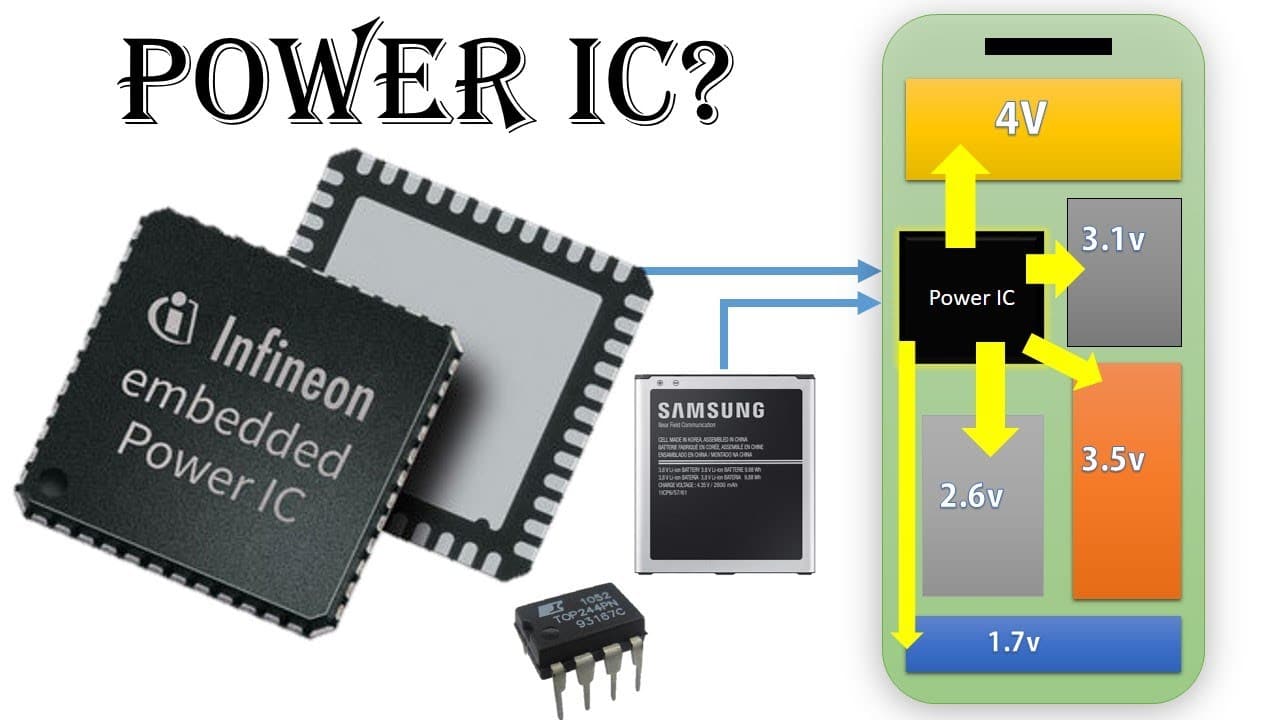Understanding the Power Button PMIC and CPU
A schematic diagram showing the design of the power button, PMIC, and CPU reveals the important connections between these components. The backlines connecting the PMIC and the CPU provide the current required to power the CPU, while the boost input lines provide the primary power current to the PMIC.
The capacitors in the boost line work in conjunction with the V-BAT line or VPH PWR. For example, if there are seven boost input capacitors, there must also be seven chokes or seven rear output inductors. It is important to note and understand these connections to properly diagnose mobile device problems. Click
Power-On Cycle: Gradual Increases in Current
During the power-on cycle, the current starts at a low level and gradually increases, resembling a staircase. Depending on the range of the device, the current can reach 200-250 milliamps (mA) before the image appears on the screen, that is, when the PMIC, CPU and memory start working.
In a laboratory environment, the PMIC delivers up to 70 mA when the power button is pressed for half a second. In the next second, the consumption can reach 200 mA without an image appearing on the screen; This indicates that the PMIC, CPU, and memory work together to initiate the power-on cycle.
When the image is displayed, the peak current can reach 300-350 mA. At this point, the CPU operates the entire system by sending information to the circuits over the I2C communication line. The current can then increase to 500 mA, allowing other circuits such as display, touch, camera and audio to begin operating.
Peak current should not exceed 10 seconds, as a longer duration may indicate a problem with the motherboard. After the peak, the current should gradually decrease.
Energy Saving Mode: A Basic Test for Mobile Device Repair
Energy saving mode is a critical test that should be performed after mobile device repair. This mode allows technicians to determine whether the problem is with the motherboard or the battery. To perform the test, connect the device to a laboratory power source and wait for it to enter energy-saving mode.
In this mode, the device consumes a lower current, which gradually decreases to three, four or five mA. This indicates that the motherboard has minimal consumption, which is important for diagnosing potential problems.
If a customer reports that their device’s battery is draining quickly, a power saver mode test can help identify the problem. If the device consumes very little current in this mode (about four or five mA), the problem is probably in the battery. Conversely, if the device consumes more than 50 mA, the problem is with the motherboard. The higher the current consumed, the faster the battery will discharge.
Case Study: Samsung A51
Consider a Samsung A51 for example. By checking the power button three or four times for half a second, we observe a slightly high current of 200 mA. First examine the PMIC inputs and outputs and then proceed with the full power-on cycle to diagnose the problem. Observe peak currents up to 1.5 mA followed by a gradual decrease in current

